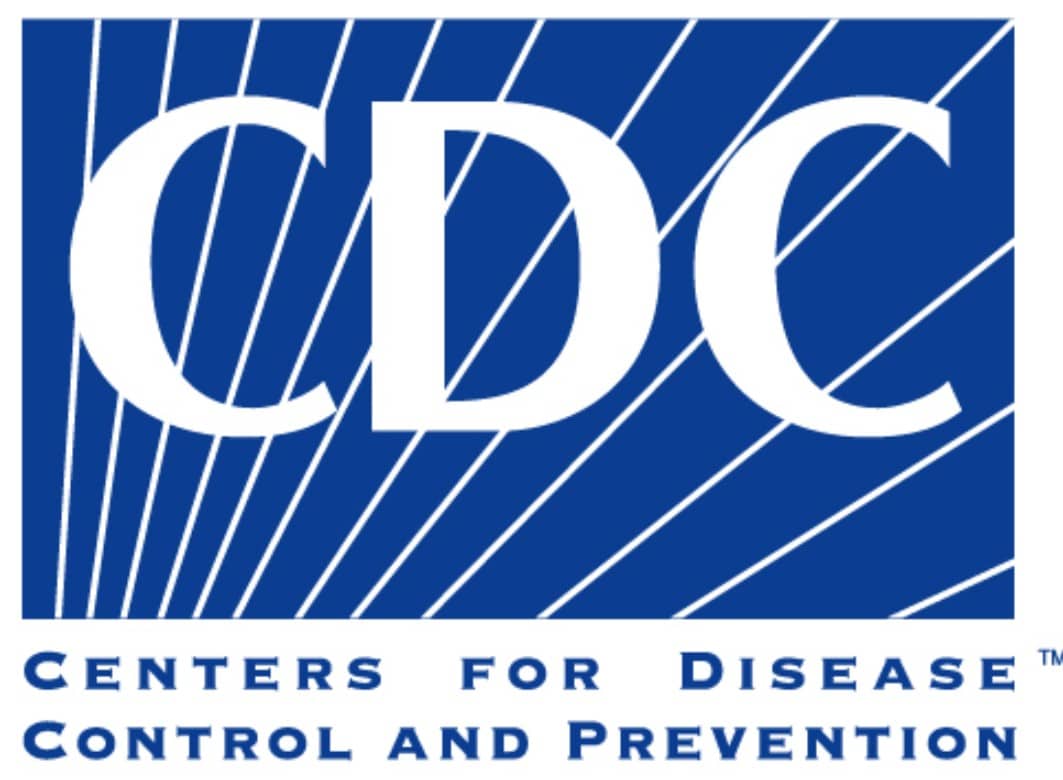
Centers for Disease Control and Prevention
Established: July 1, 1946
Mission: To save lives, protect people from health threats, and increase the health security of the nation.
Reason for creation: The Centers for Disease Control and Prevention (CDC) began operating in 1946 as the direct institutional successor of the Office of Malaria Control in War Areas and carried on the mission of that office: the eradication of malaria in the United States. Due to its quick success in achieving this goal (the US was declared malaria free in 1948), the CDC’s mission was expanded to include other infectious disease-related efforts.
Infectious diseases had plagued the American population since the first settlements were established in the 1600s. During colonization of the American continents, many millions of Native Americans were killed by smallpox transmitted by European settlers. In 1793, an outbreak of Yellow Fever wreaked havoc in Philadelphia. The 19th century brought several waves of cholera, which at one point caused as many as 100,000 people to flee from New York City, and scarlet fever, which was especially deadly for children. Then, in the decades preceding the CDC’s formation, Spanish Flu ravaged the American people, killing around 675,000 Americans.
A crucial part of fighting infectious diseases is tracking their spread and impact. While individual state governments like Rhode Island had been collecting public health data since before the American Revolution, it was not until the mid-19th century that the federal government began to do so. In 1850, nationwide mortality statistics were first published. Then, in 1878, the National Quarantine Act shifted disease-related quarantine responsibility from states to the Federal Government. By 1925, all states were reporting instances of infectious disease to the federal government.
Many of the CDC’s public health duties were once performed by the United States Public Health Service (USPHS). The USPHS’s institutional roots lie in the Marine Health Service which was established in 1798 as a resource for sick or disabled seamen. Today, the USPHS exists primarily as an elite team of highly trained healthcare professionals who can be deployed throughout the United States and the world in response to health emergencies.
Impacts: The CDC’s successes are wide ranging and numerous, from its 1955 taxonomic research on Enterobacteriaceae bacteria (an antibacterial-resistant family of germs including E. coli and Salmonella) to its effectiveness in linking the 1976 outbreak of Legionnaires’ Disease to a milder illness identified in 1968 that was caused by the same bacteria (contributing to the CDC’s ability to develop a comprehensive list of prevention strategies for businesses and citizens to employ against the disease) to its role in containing the Ebola outbreak in 2014 and preparing for its possible spread to the US. Today, the National Center for Emerging and Zoonotic Infectious Diseases (NCEZID) is the branch of the CDC most focused on identifying and fighting new infectious disease outbreaks like the coronavirus, SARS-CoV-2.
The CDC contributes in numerous other ways to the public health. In 1984, it established the Prevention Research Centers, which seek “to develop, test, and evaluate public health interventions that can be applied widely, particularly in underserved communities.” Through its own work and collaborations with scientists around the world through organizations like the World Health Organization and the Carter Center’s International Task Force for Disease Eradication, the CDC has been a part of monumental public health efforts that have eradicated smallpox and are nearing elimination of polio.

